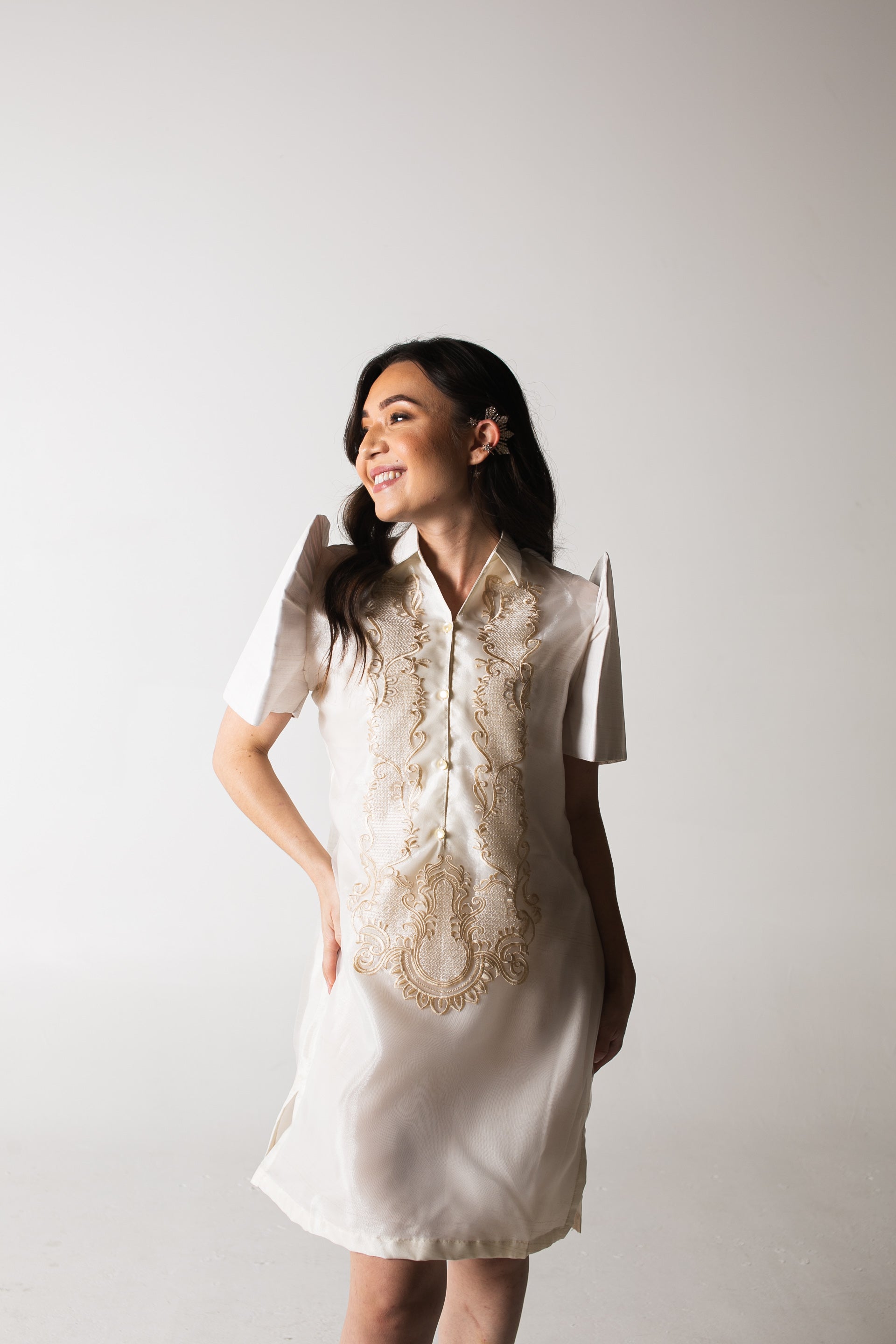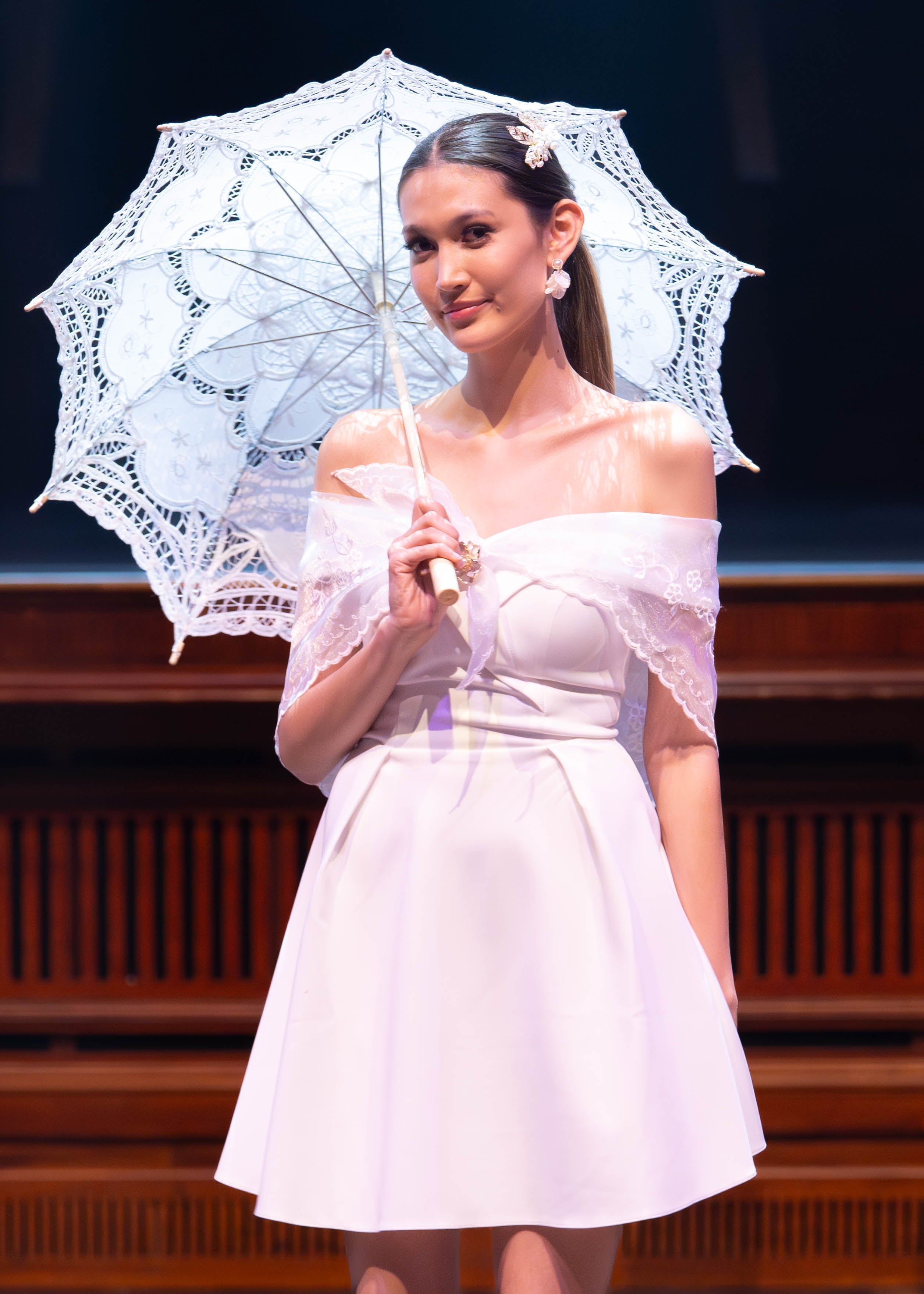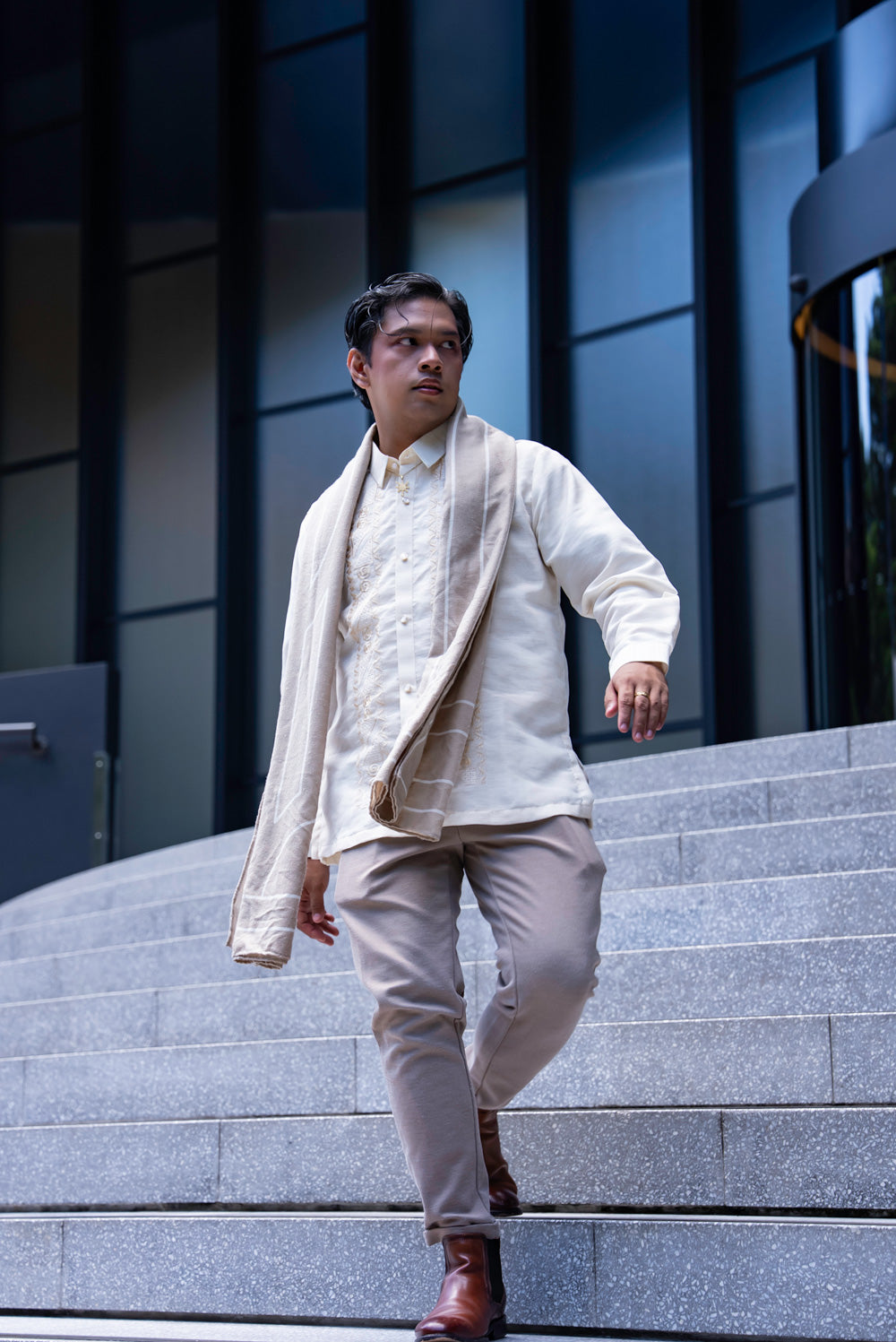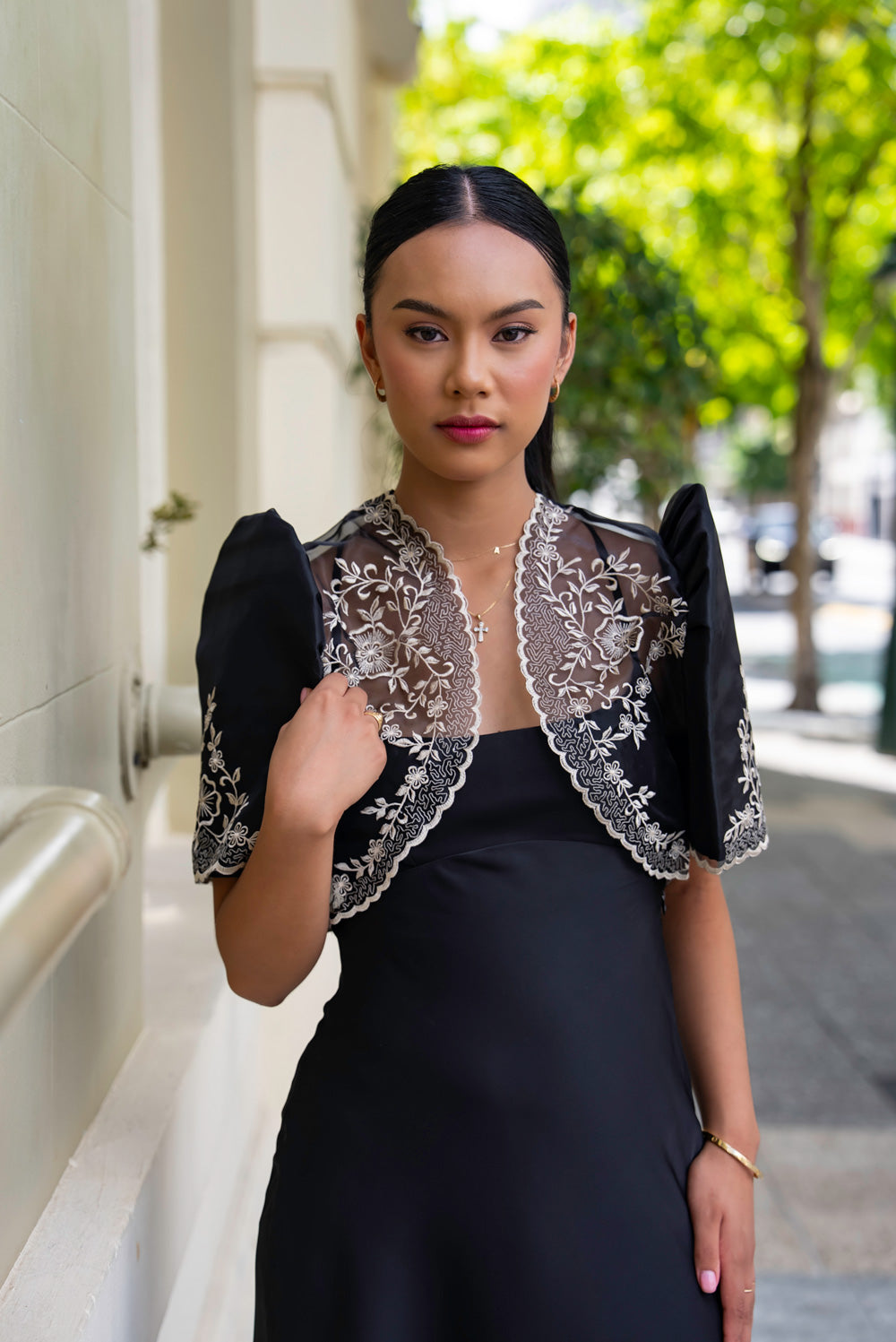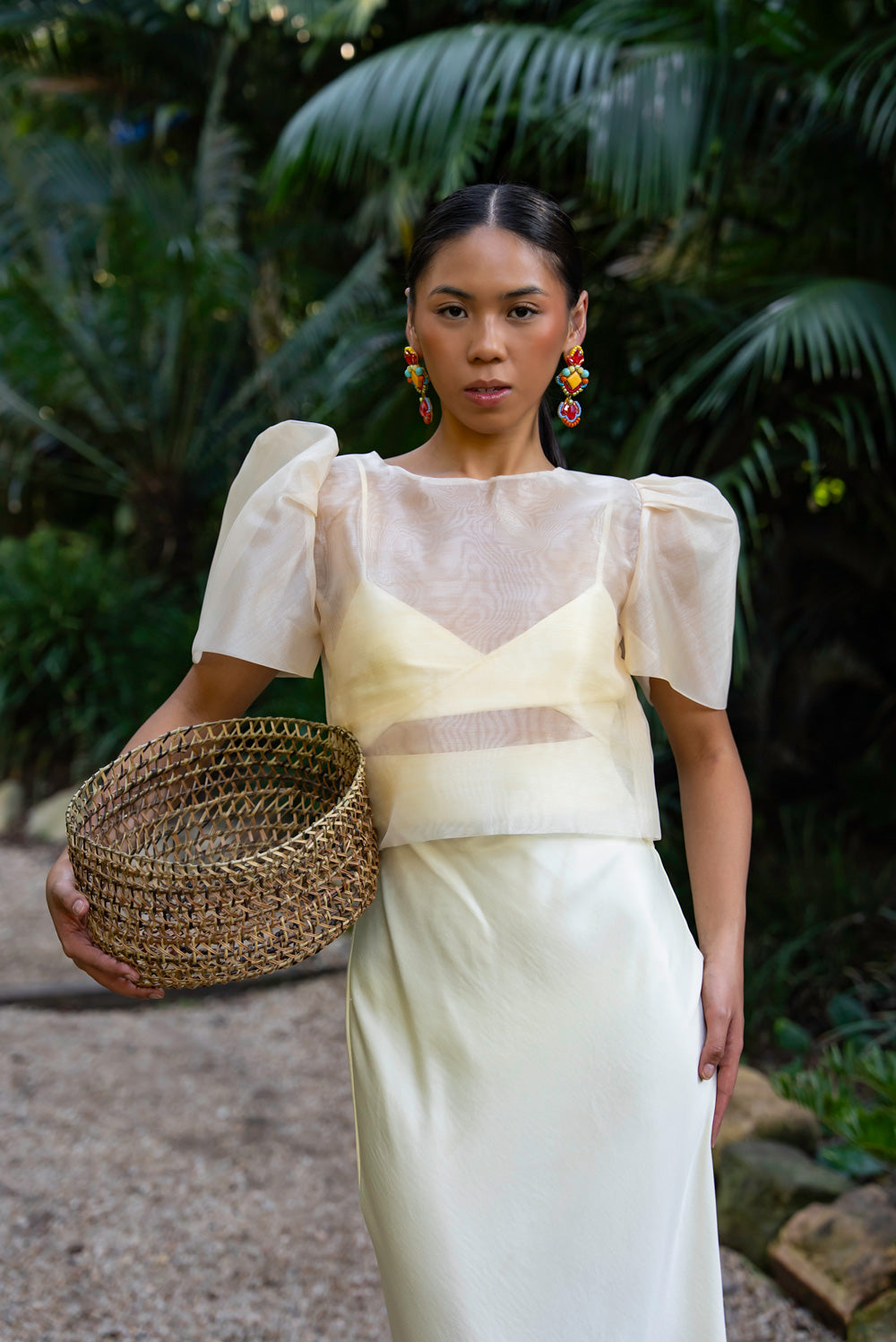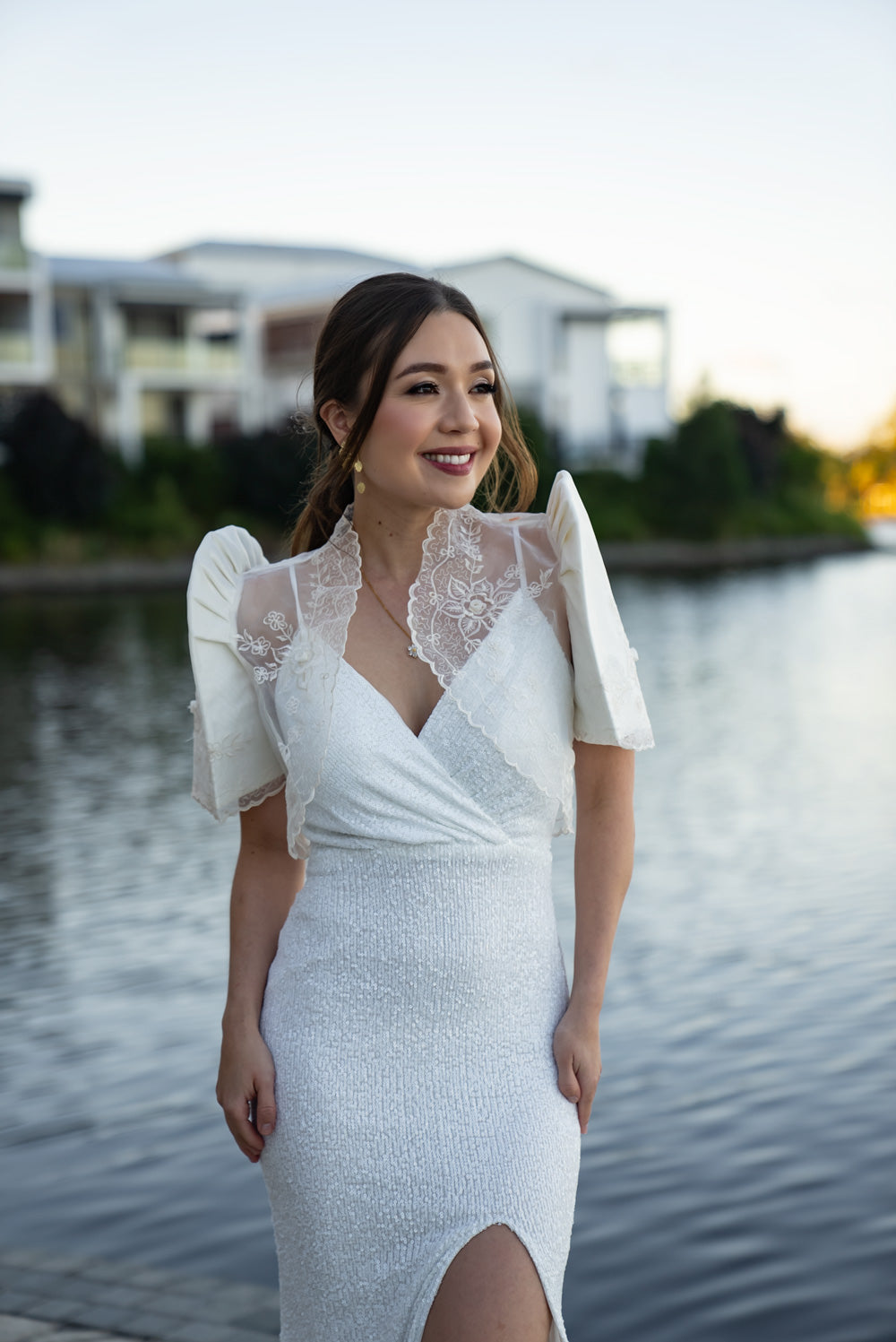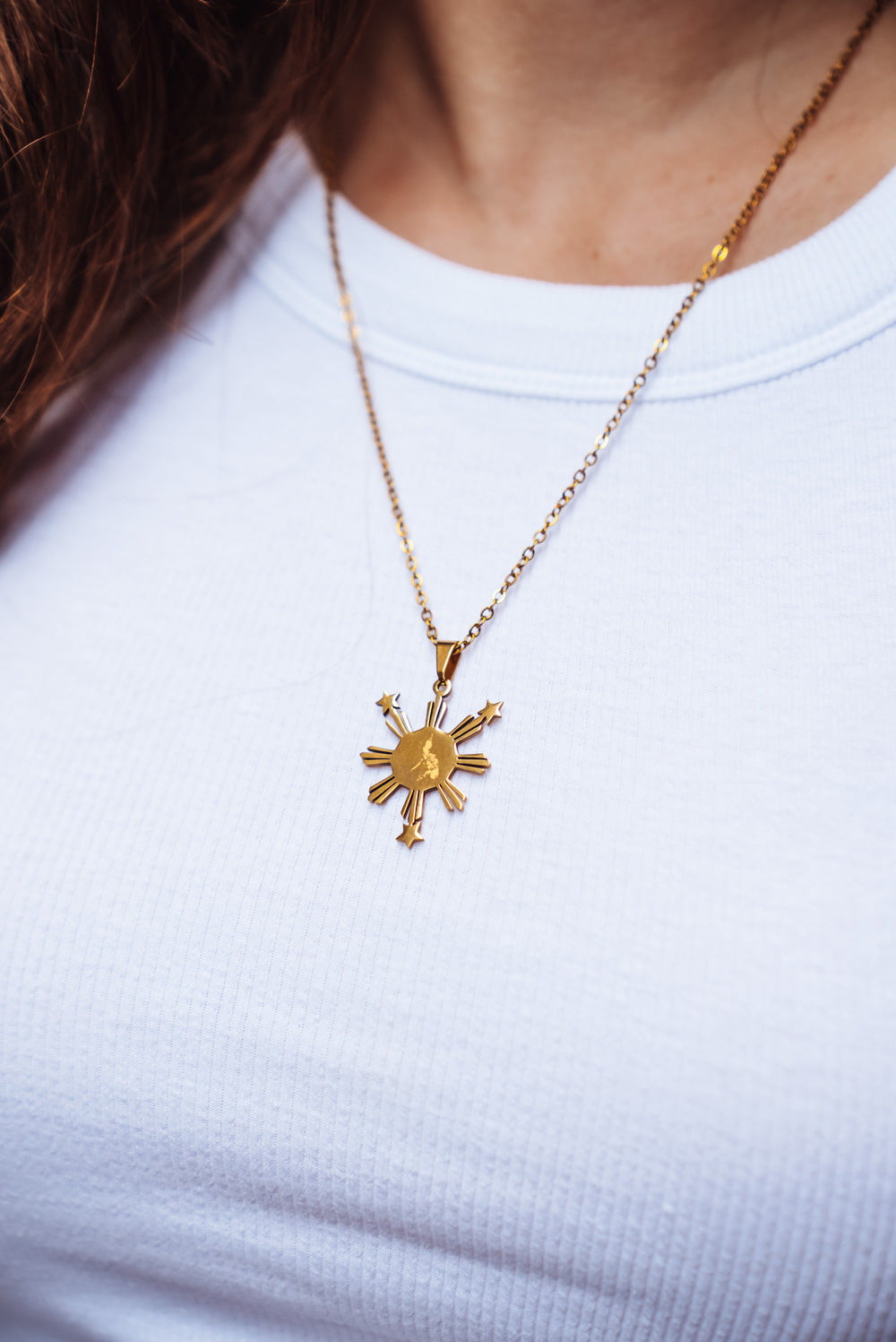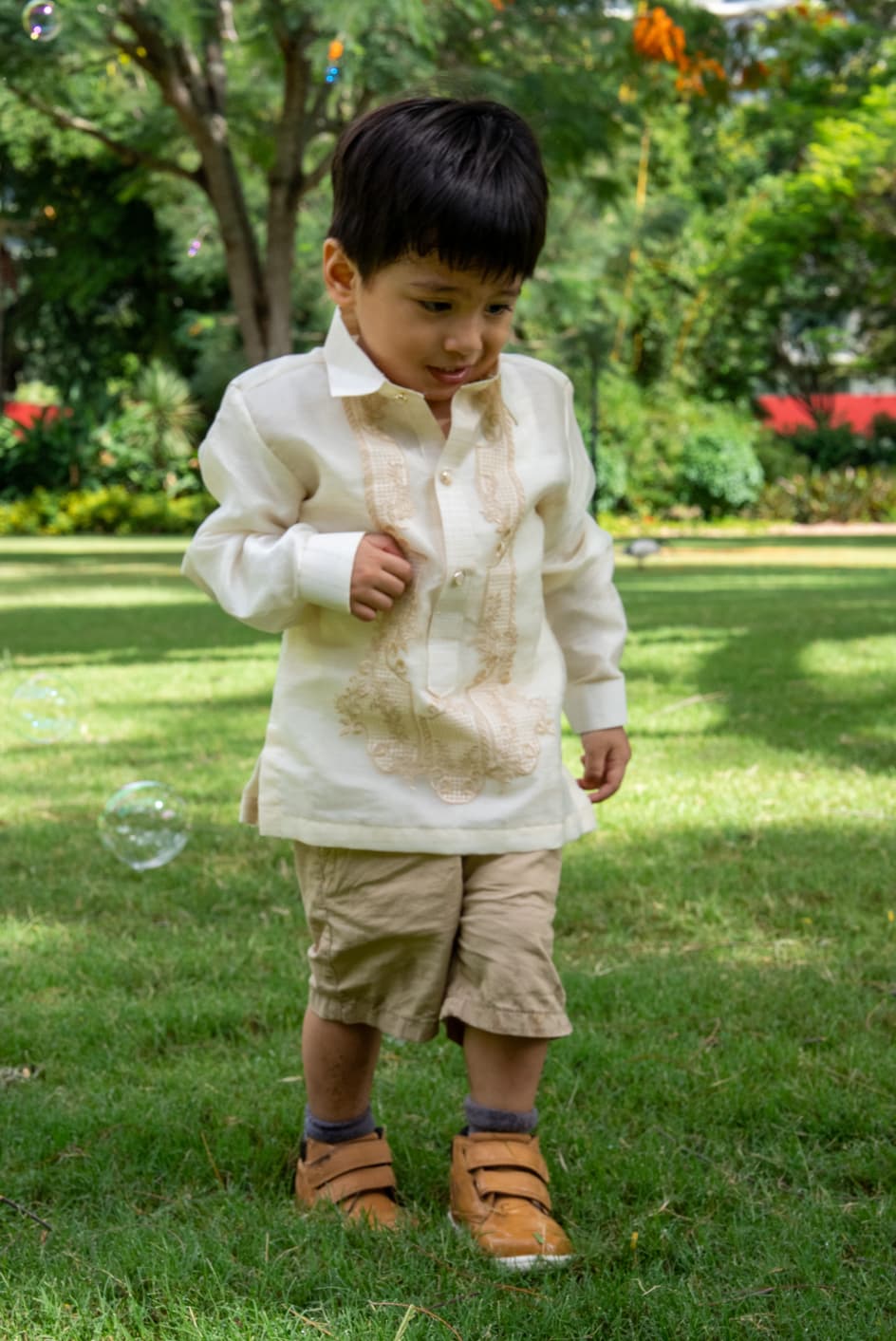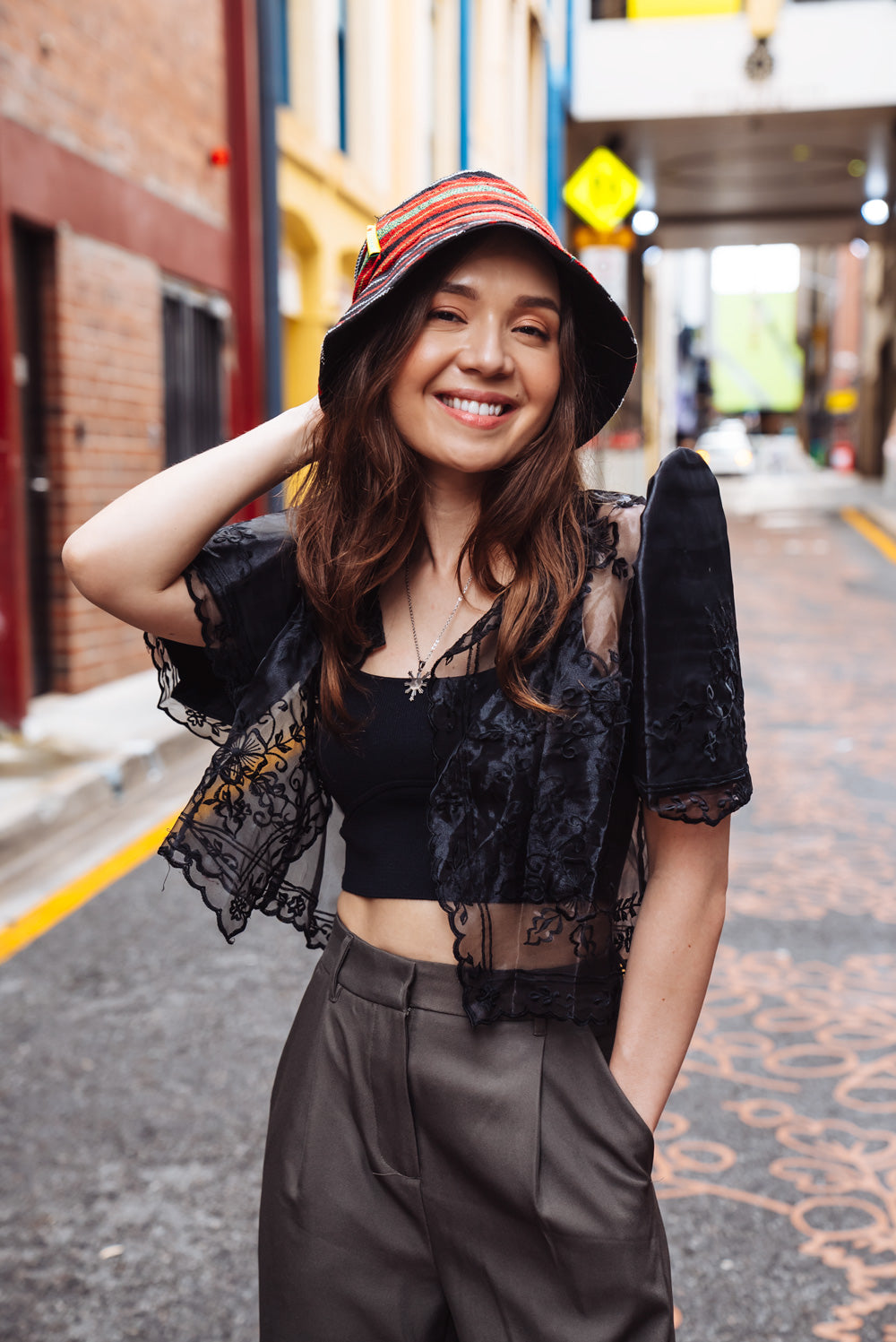Filipino culture is steeped in rich history and vibrant traditions, and this exuberant heritage is beautifully reflected in the national attire of the Philippines. Amongst these symbolic garments is the Baro't Saya, a customary ensemble for Filipino women that embodies both style and cultural significance. In modern times, fashion designers have reimagined the Baro't Saya, celebrating its timeless appeal while incorporating contemporary trends to create unique and versatile pieces. In this article, we explore the fascinating history of the Baro't Saya, examine its captivating design elements, and offer guidance on how to style this iconic ensemble for various occasions.
A Glimpse into the History of Baro't Saya
The Baro't Saya, translating to "blouse and skirt," dates back to the Spanish colonial era of the Philippines. The evolution of this traditional attire can be traced through several stages, as it responded to the influence of Spanish fashion and changes in Filipino society. Key milestones in the Baro't Saya's history include:
1. Pre-colonial Origins
Before the Spanish colonisation, women in the Philippines wore a basic ensemble known as the 'baro' (blouse) and 'saya' (skirt). This early incarnation of the Baro't Saya, crafted from indigenous materials, formed the foundation for future transformations.
2. Spanish Influence and the Maria Clara Gown
During the Spanish colonial period, the Baro't Saya's design underwent a substantial transformation with the introduction of Spanish fashion elements. Consequently, the iconic Maria Clara gown emerged, which featured voluminous butterfly sleeves, intricate embroidery, and an elegant panuelo (shawl).
3. The Baro't Saya in the 20th Century
As Filipino women gained liberation and embraced modern fashion trends, the Baro't Saya transformed once more. The contemporary version features a more streamlined silhouette, offering greater flexibility, comfort, and versatility in styling.
Design Elements of the Modern Baro't Saya
The modern Baro't Saya is distinguished by several key design features that pay homage to traditional Filipino culture while incorporating contemporary fashion aesthetics:
1. Voluminous Butterfly Sleeves
The most recognisable component of the Baro't Saya is its iconic butterfly sleeves, which create a chic and feminine silhouette. When combined with contemporary fabric choices, these intriguing sleeves offer a captivating visual contrast that sets the ensemble apart from typical Western attire.
2. Intricate Lace and Embroidery
Many Baro't Saya designs feature exquisite lace and detailed embroidery, inspired by the Maria Clara gown. These delicate embellishments add a touch of refinement and showcase the artisanal craftsmanship often associated with Filipino heritage.
3. Modern Fabric Choices
While traditional Baro't Saya ensembles primarily incorporated indigenous fabrics like piña or jusi, contempororary designs offer a wide array of material options. Luxurious fabrics such as silk, lace, and organza are now commonly used, providing a versatile range of textures to suit various fashion preferences.
4. Streamlined Silhouettes
Modern Baro't Saya designs boast sleek silhouettes that cater to the diverse style preferences of today's fashion-conscious women. From flowing A-line skirts to structured peplum blouses, the contemporary Baro't Saya offers an array of choices, allowing women to personalise their ensemble to their individual tastes.
Styling Tips: Embrace the Baro't Saya for Every Occasion
Creating a captivating Baro't Saya ensemble requires an understanding of styling techniques that showcase the attire's enchanting design elements across various events:
1. Formal Events and Celebrations
For formal events, opt for a Baro't Saya design that features intricate detailing, such as lace-work or embroidery. Pair your ensemble with elegant accessories, strappy heels or pumps, and consider a modest updo to accentuate the embellishments on your blouse.
2. Casual or Semi-Formal Occasions
For casual or semi-formal gatherings, choose a Baro't Saya with a more relaxed silhouette, such as a midi-length skirt or a blouse with streamlined sleeves. Complement your attire with understated accessories, simple flats or wedges, and loose, natural hairstyles.
3. Modern Filipiniana-Themed Events
When attending a Filipiniana-themed event, showcase your Filipino heritage by selecting a Baro't Saya design that celebrates traditional elements like voluminous sleeves and fine embroidery. Accessorise with statement jewellery, elegant footwear, and a traditional panuelo to complete the ensemble.
Conclusion
The Baro't Saya, as a symbol of Filipino culture and history, offers an enticing alternative to conventional Western attire. With a modern interpretation of this iconic ensemble, women can celebrate their heritage while embracing contemporary styling and fashion trends. Use these styling tips to create your Baro't Saya wardrobe that reflects both your personal style and your appreciation for Filipino culture.
Experience the captivating beauty of the Baro't Saya with Mestiza Filipina's exquisite collection of modern Filipiniana attire. Our dedication to exceptional craftsmanship, innovative design, and authentic representation of Filipino heritage ensures each Baro't Saya garment is a sublime testament to your cultural roots. Browse our collection of barong for women and let the Baro't Saya transform your wardrobe into a unique expression of Filipino grace and artistry.
